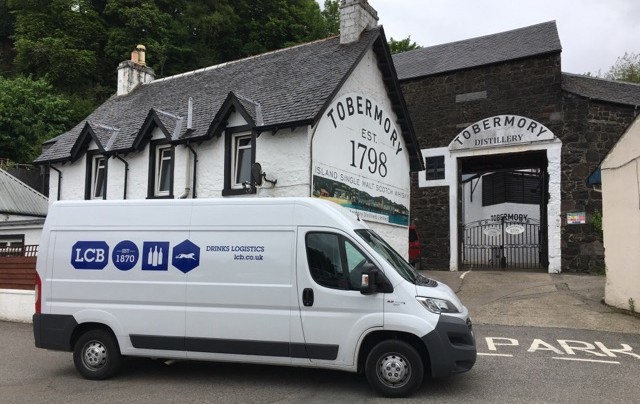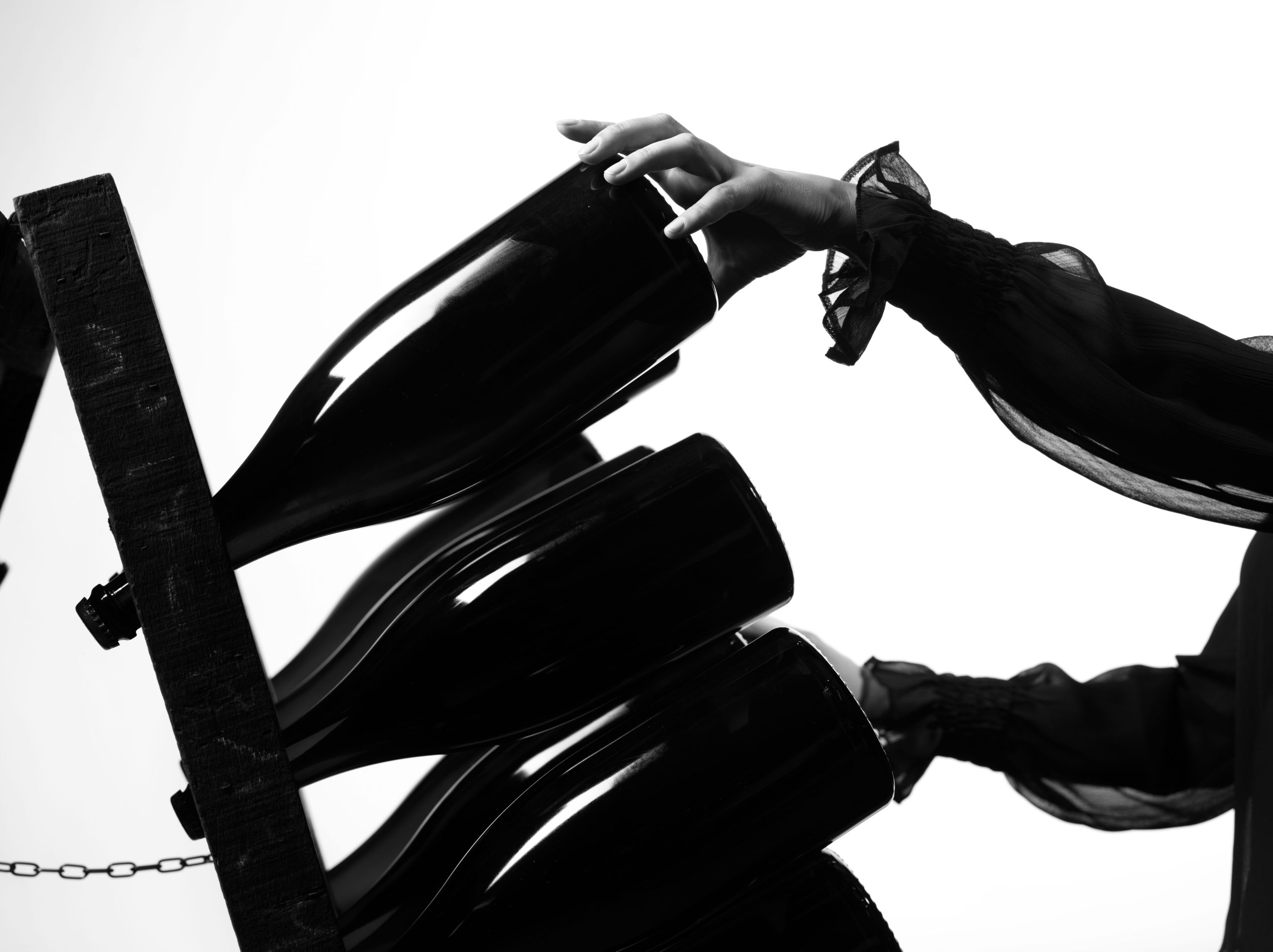Beaucastel uses ‘heritage techniques’ to revamp cellars
Rhône producers the Perrin family have chosen architectural firm Studio Mumbai to renovate the cellars of its Château de Beaucastel property using “ancestral techniques”.
The Perrin family that own the prestigious property in the Vaucluse wanted to reconfigure the winemaking facilities at the estate “for the next century” but in a way that would have a minimal impact on the environment.
The project involves the demolition and renovation of some 2,500m2 of buildings and the construction of 4,000m2 of new cellar and winery space. The total budget was put at €10 million.
Jean-Pierre Perrin commented at the beginning of the competition: “The challenge of this project will be to integrate a wine cellar into this natural environment while barely disturbing anything”.
The reaction to the announcement of the competition was a surprise with 300 teams, representing 32 countries and including renowned firms such as Aires Mateus, John Pawson, Rudy Ricciotti, eventual winners Studio Mumbai and Shigeru Ban all applying.
Narrowed down to 10 projects, Studio Mumbai was picked for, “its profoundly ecological design… its architectural vision that is both vernacular and contemporary, with an approach that is innovative and forward looking, but with construction processes that are inspired by ancestral know-how.”
As part of the project, excavated earth from the building of the new cellar will be mixed with clay to make a pisé so it can be used for new outbuildings, while the underground extension will be made using concrete made from lime, local aggregates and sand.
Philipe Clément, structural engineer with Studio Mumbai, commented: The use of earth, site concrete, dry and cut stones, and more generally biosourced materials, has suffered greatly from regulatory constraints and the absence of recognized technical standards for traditional techniques. The number
of sites using ancestral techniques, reduced to a few private initiatives and maintenance of existing buildings, has diminished considerably to the point where these skills had all but disappeared.
Partner Content
But the work undertaken in recent years by those in the field of construction to promote the use of earth, site concrete and stone has begun to bear fruit, and a number of reference texts have appeared (rules or professional recommendations, good practice guides, product norms etc.)
The progression in projects that include the use of earth, site concrete and stone, and the launch of new public or private projects such as this one that aim to use bio-sourced construction materials, are a positive step forward.”
Among the other features of the new winery, there will be a mix of high and low tech technology to create, store and reuse energy and water.
So, for example, solar panels and wine turbines will actively produce energy, while combining the natural qualities of various materials will work together to limit the need for air conditioning.
An underground tank will capture and store water while also humidifying and cooling the cellars and a cogeneration unit powered by biofuel made from agricultural waste.
All of this will allow the domaine to be completely self-sufficient.




